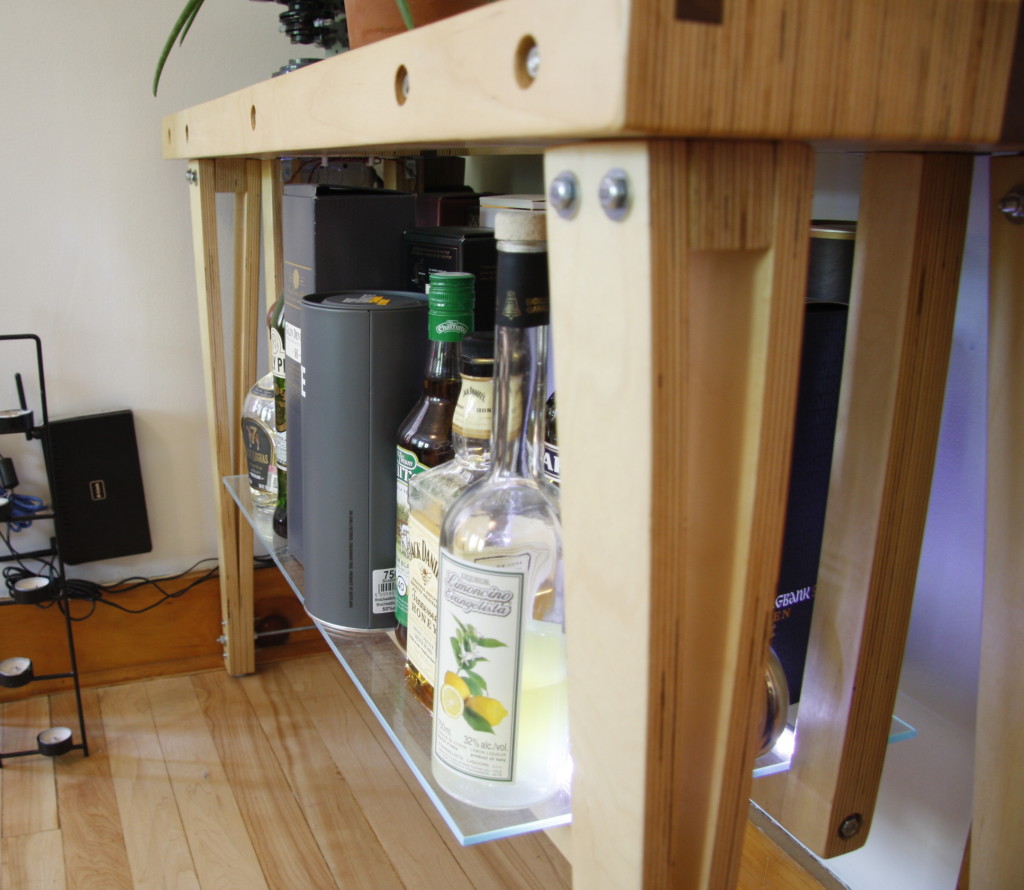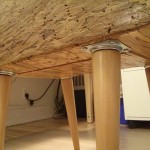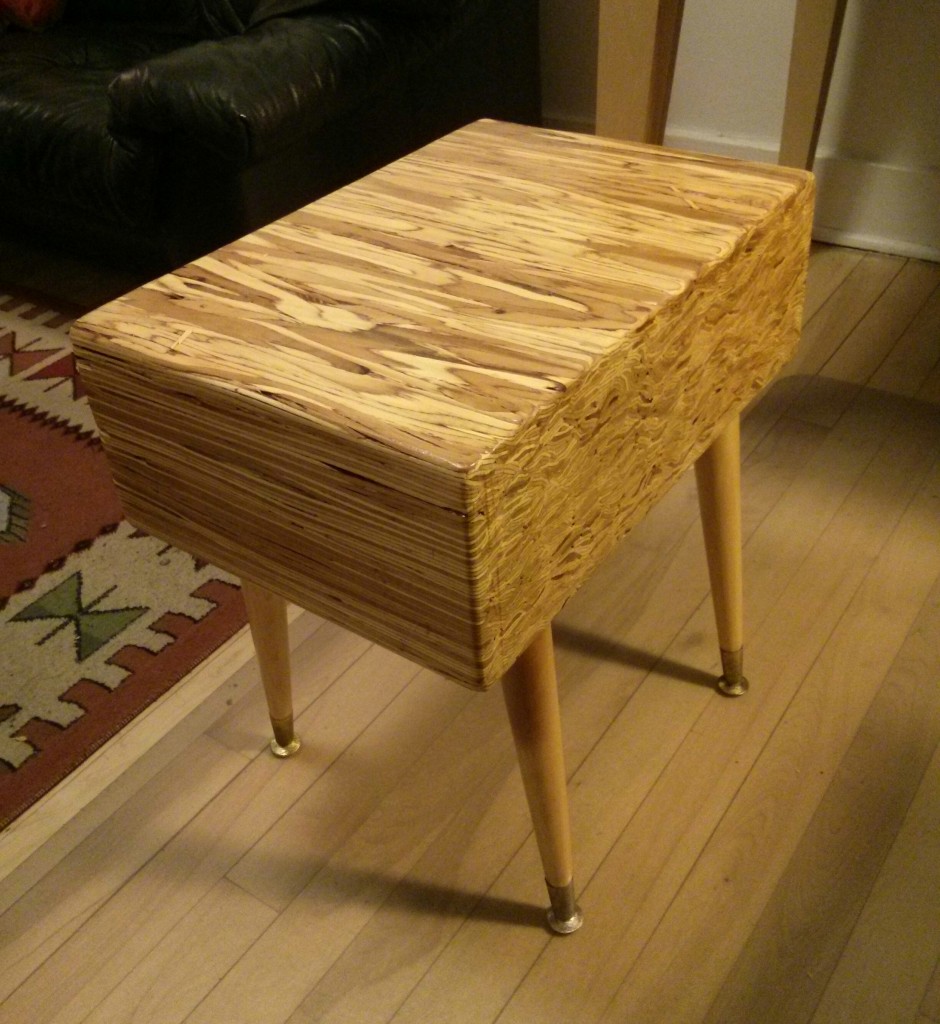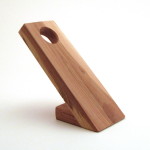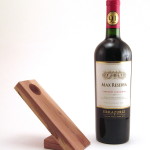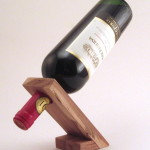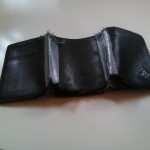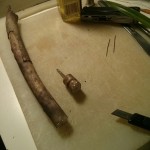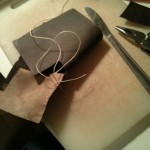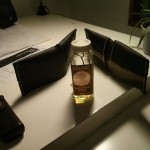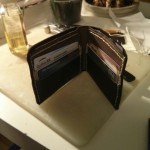
Two years ago, we had to fell an old apple tree from my parent’s garden. Wanting to experiment with this unusual variety of wood, I gathered the best logs and took them to a sawmill to have planks made and let them dry for a year in a shed.
Fast forward to last Christmas, not wanting to buy gifts and being left with very little time to come up with something before the 24th, I had the idea of making balanced wine bottle stands for everyone out of that old apple tree. It’s a simple project, it’s can be made in batches, can be gifted along with an actual bottle and would make an awesome souvenir of that tree we had so much fun climbing onto and playing around during our childhood.
Apple tree is a pain to work with, the grain is highly irregular and convoluted and the density of the wood varies widely within the same piece. However, the end result is spectacular, especially on the more weathered down parts of the tree, which have turned multiple shades of pink, brown and black due to parasites and moisture. From log to plank, there was a huge amount of loss but through keeping the project small I managed to get something workable out of all that wood.

